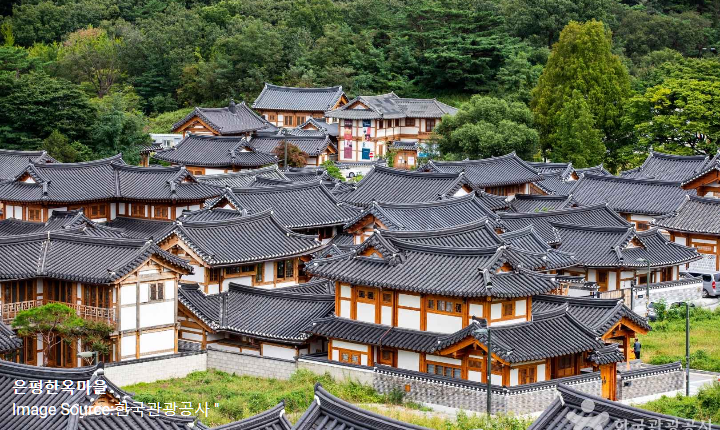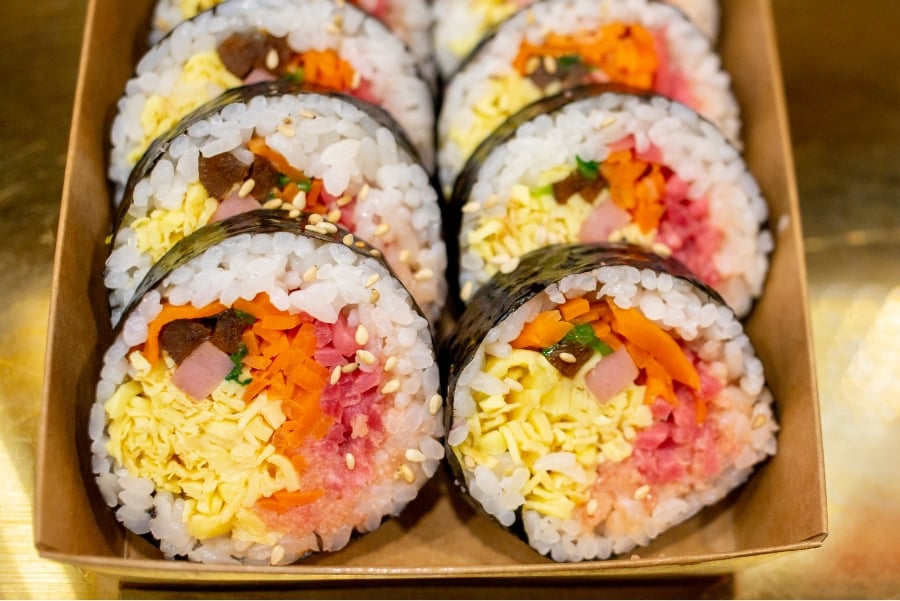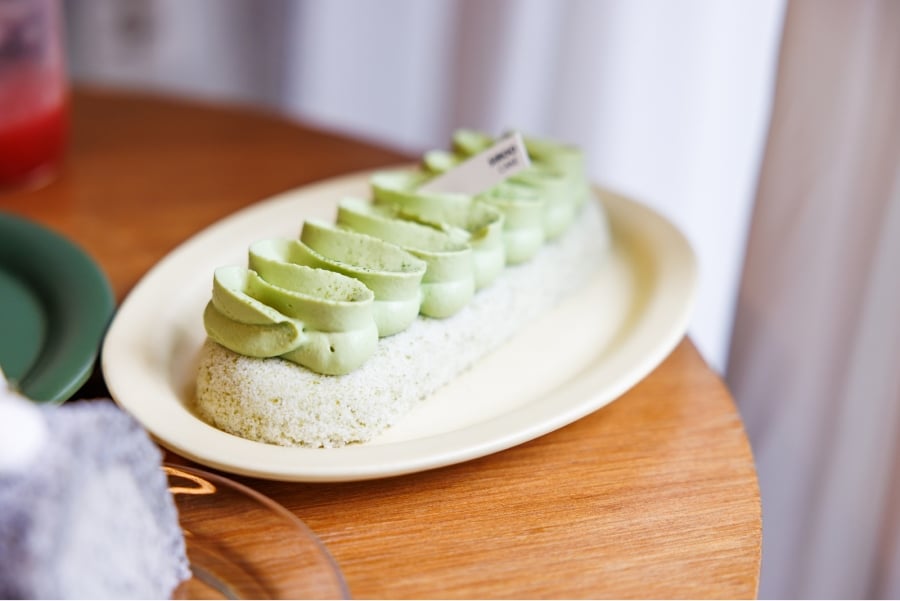Discover the Delightful World of Korean Noodle Dishes
Noodles are beloved across the world, taking on numerous forms. In Korea, popular dishes that feature noodles include Banquet Noodles, Noodle Soup, Cold Buckwheat Noodles, and Buckwheat Noodles. These dishes all feature soup, but the former two are served hot, while the latter two are served chilled. Dive into the world of Korean noodles perfect for relishing throughout the four seasons.
Banquet Noodles (Jajangmyeon)
Jajangmyeon is a classic Korean noodle dish that features a thick, savory black bean sauce. The noodles are typically made from wheat flour and are served hot, making it a comforting and satisfying meal.
Noodle Soup (Kalguksu)
Kalguksu is a type of Korean noodle soup that features handmade, knife-cut noodles in a flavorful broth. The noodles are made from wheat flour and can be served with various toppings, such as seafood, vegetables, or meat.
Cold Buckwheat Noodles (Naengmyeon)
Naengmyeon is a refreshing Korean noodle dish made with chewy buckwheat noodles served in a cold broth. The dish is often topped with sliced beef, hard-boiled egg, and radish, making it a perfect choice for hot summer days.
Here is the content with the requested edits:
Exploring the Delightful World of Korean Noodle Dishes
For many international visitors, cold noodle may not be familiar. Typically, noodles are served with warm sauce or soup. But Pyeongyang Cold Buckwheat Noodles are made with chilled broth in the North Korean style, where Buckwheat Noodles were traditionally enjoyed with cold Radish Water Kimchi broth. Though this dish may appear to be somewhat unusual, those who try it often find themselves coming back for more. The clear and refreshing broth boasts a subtle flavor that’s difficult to precisely describe but undeniably addictive. The texture of the dish depends on its buckwheat content, and some enthusiasts prefer noodles with higher buckwheat content, despite their tendency to break more easily. If you want to try something that is light and refreshing, the Pyeongyang Cold Buckwheat Noodles come highly recommended.
Buckwheat Noodles are made by kneading buckwheat flour into dough, boiling it to form noodles, and serving it with Radish Water Kimchi or other broth and topped with a sauce and Kimchi, cucumber, and more. Known as “Makguksu” in Korean, this dish gets its name from the idea of being freshly made upon order. The dough is made out of a mixture of buckwheat flour and wheat flour or starch, pressed out to form noodles. The higher the wheat flour content, the chewier the noodles become. While chewy noodles are generally favored, some enthusiasts prefer noodles with higher buckwheat content, which retain the rough and rustic texture of buckwheat. In Gangwon State, you can find Buckwheat Noodles crafted solely with buckwheat flour. These noodles lack cohesion, making it a challenge to pick them up with chopsticks. Nevertheless, the 100% Buckwheat Noodles are a great way to sample the true spirit of local food in Gangwon State.
Banquet Noodles are named such because they used to feature often in banquets. Noodles were often served in weddings, anniversaries, and other significant events wishing longevity. Simple to make yet delicious, Banquet Noodles became a dish frequently featured on common meal in Korean cuisine. Wheat noodles are boiled and topped with stir-fried beef, Egg Garnish, carrots, cucumber, laver, and are served in a hot Meat or Anchovy Broth. The popularity of Banquet Noodles can be seen at how frequently they feature in snack restaurant. Their light and refreshing taste of broth, airy and light noodles, can appeal to people of all age and gender. When mixed with a red sauce made from Red Chili Paste and Chili Pepper Powder instead of broth, Banquet Noodles transform into a tangy and sweet Spicy Noodles.
Noodle Soup with Clams is a dish made by boiling fresh noodles in a clam-based broth, then adding garlic, zucchini, green onions, and clams and boiling once more. In Korea, the surge in wheat flour availability during the 1950s, coupled with policies encouraging wheat or mixed grain consumption in the 1960s-70s due to rice shortages, led to increased wheat flour consumption. As wheat-based dishes diversified, regions abundant in clams began incorporating clams into wheat flour noodle dishes. Clams have long been an essential protein source for Koreans and are considered a nutrient-rich superfood. Their delicious flavor and chewy texture certainly make them a beloved ingredient. Noodle Soup with Clams goes exceptionally well with Kimchi. Placing a side dish of Kimchi atop the Noodle Soup creates a delightful harmony between the Kimchi’s crispness and the noodles’ chewiness. Therefore, Kimchi is an essential part defining a Noodle Soup with Clams restaurant’s reputation. The broth, enriched with clam essence, also makes it a popular hangover food.
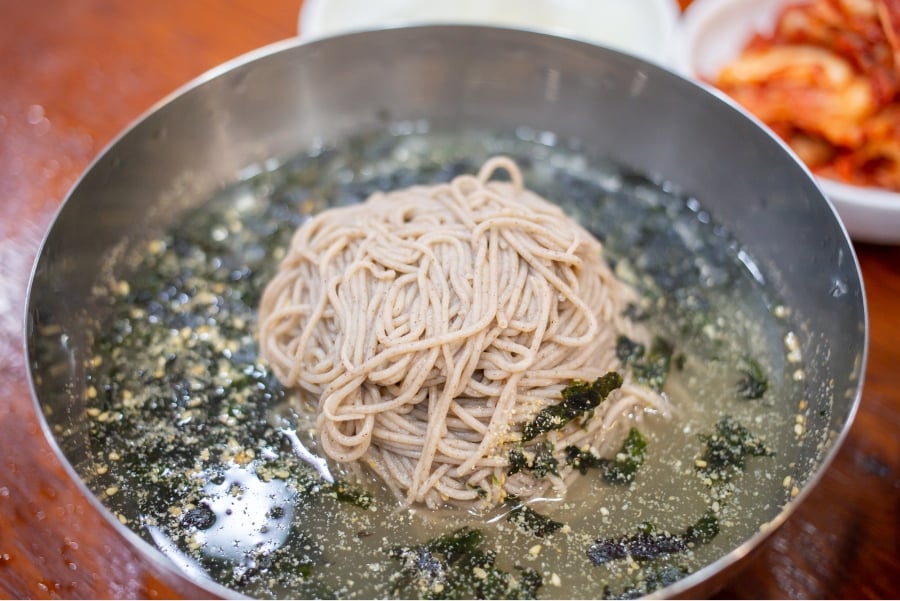
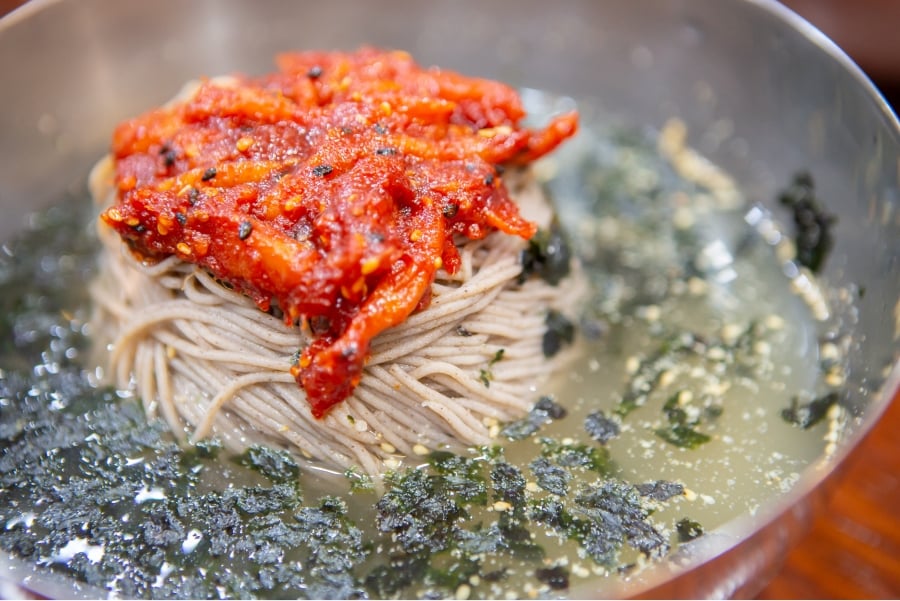

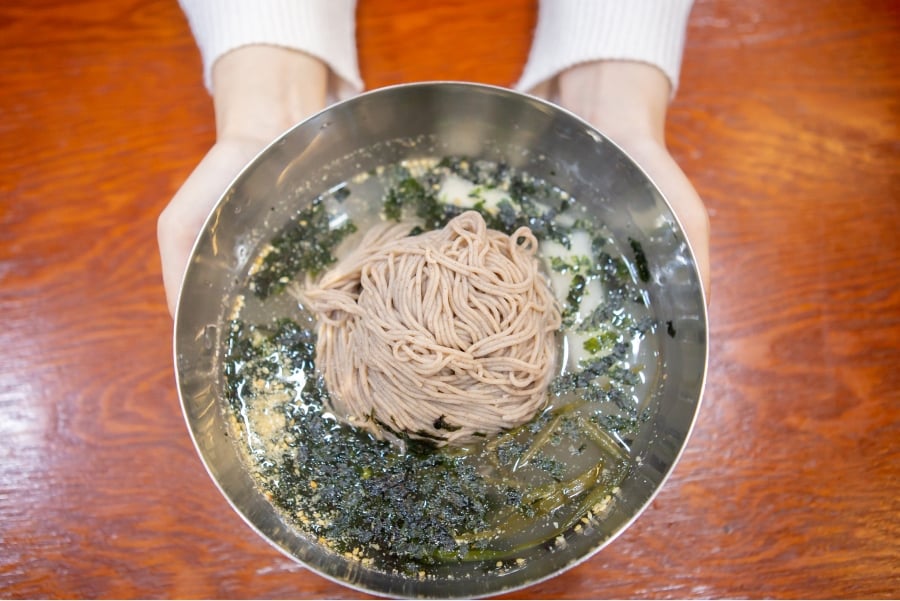
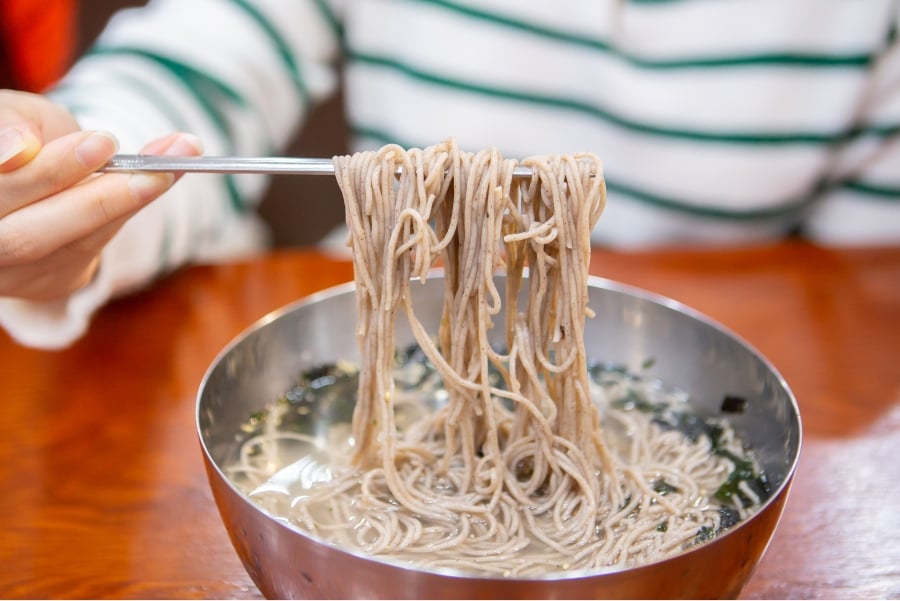



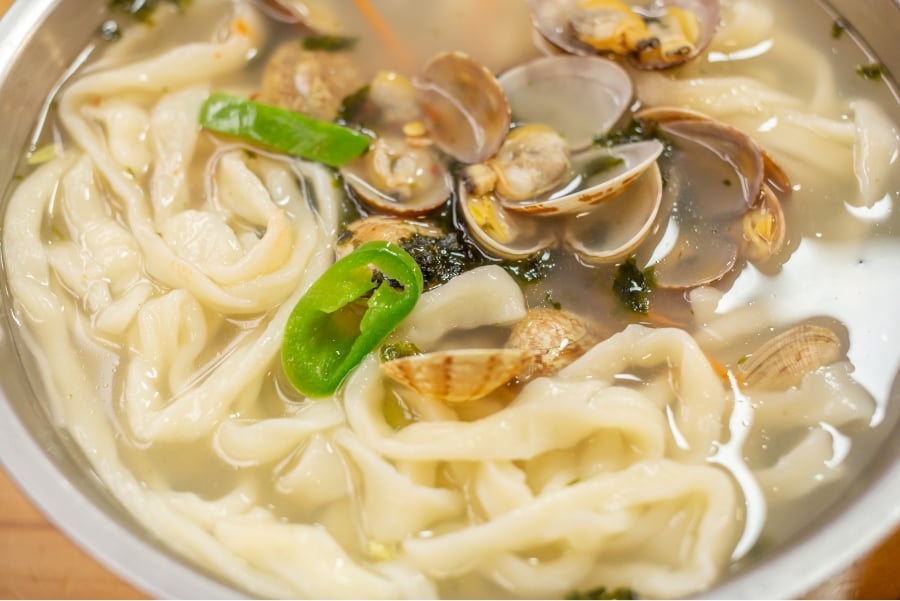
In conclusion, Korean noodle dishes offer a diverse and delightful culinary experience. From the refreshing Pyeongyang Cold Buckwheat Noodles to the hearty Noodle Soup with Clams, each dish showcases the unique flavors and textures of Korean cuisine. Whether you’re a seasoned foodie or a curious traveler, exploring these noodle delights is sure to leave a lasting impression on your taste buds.


